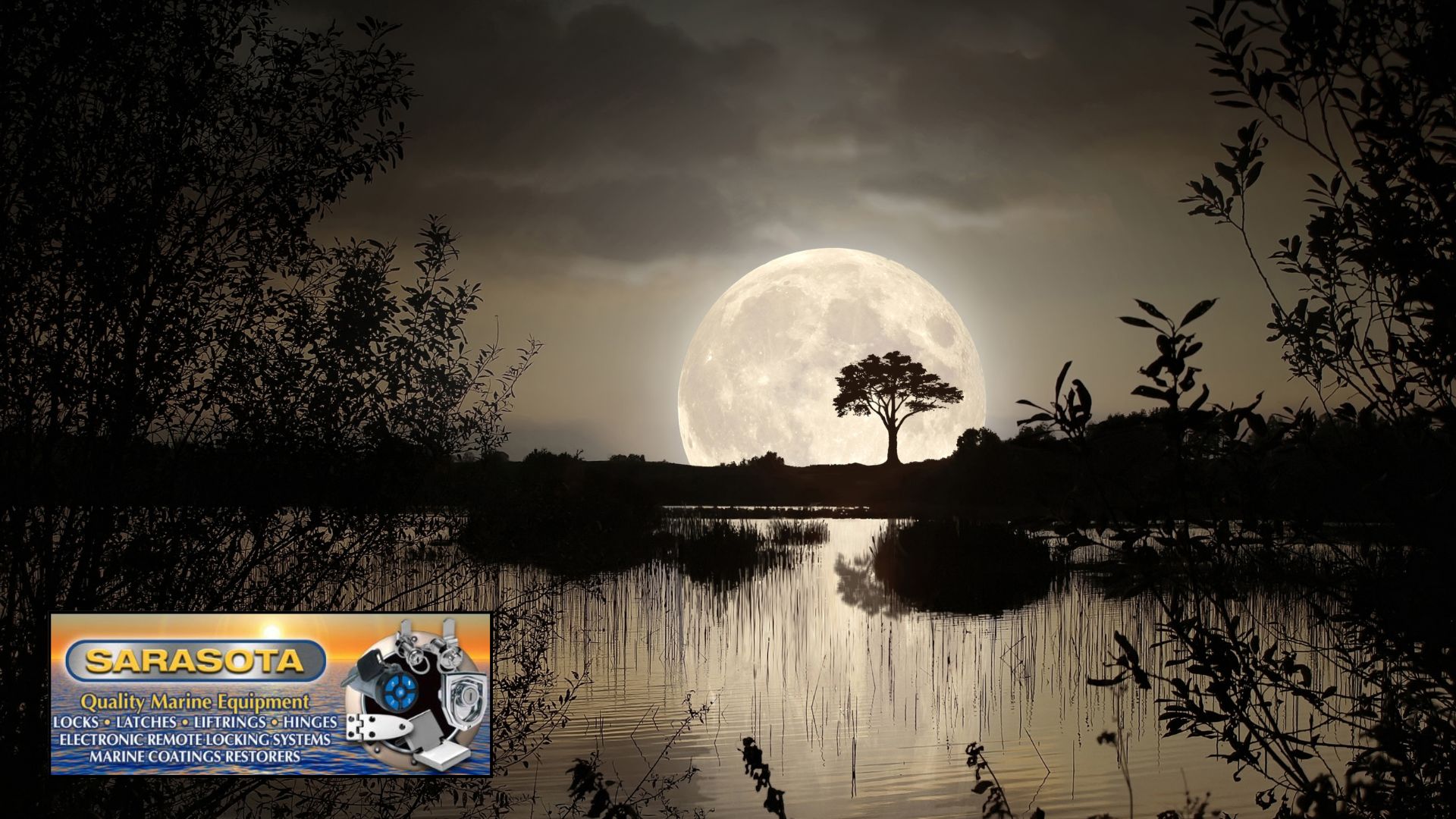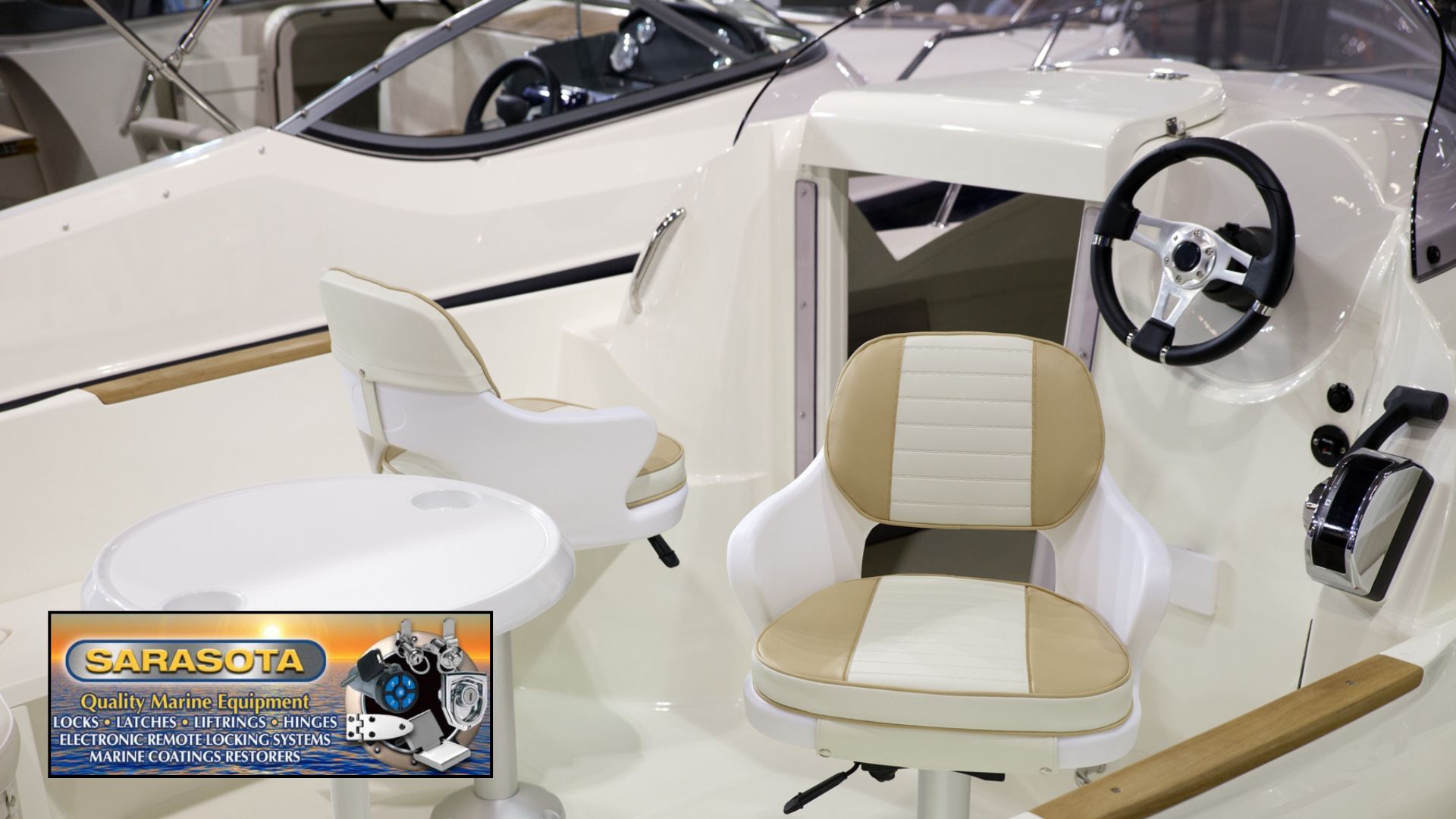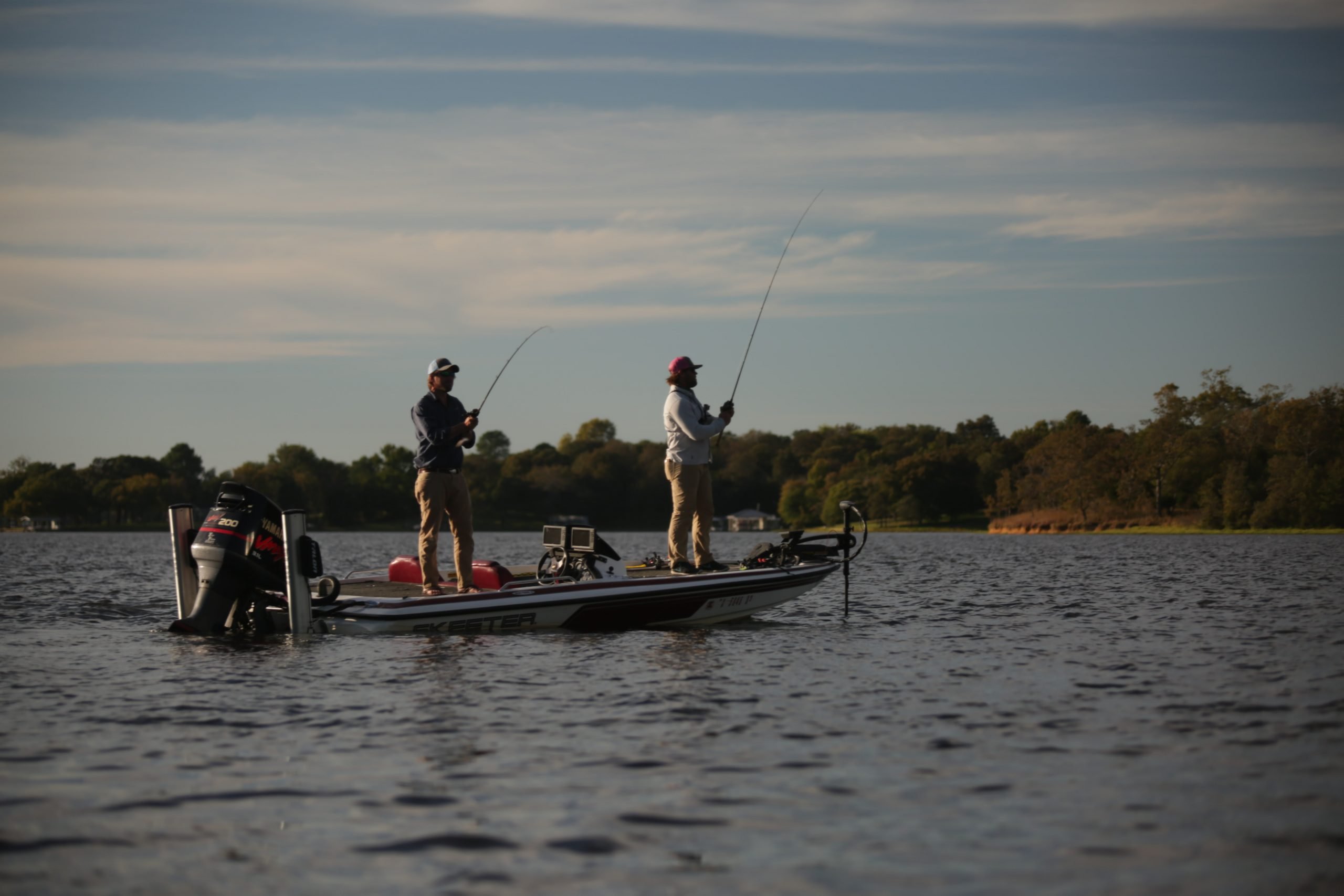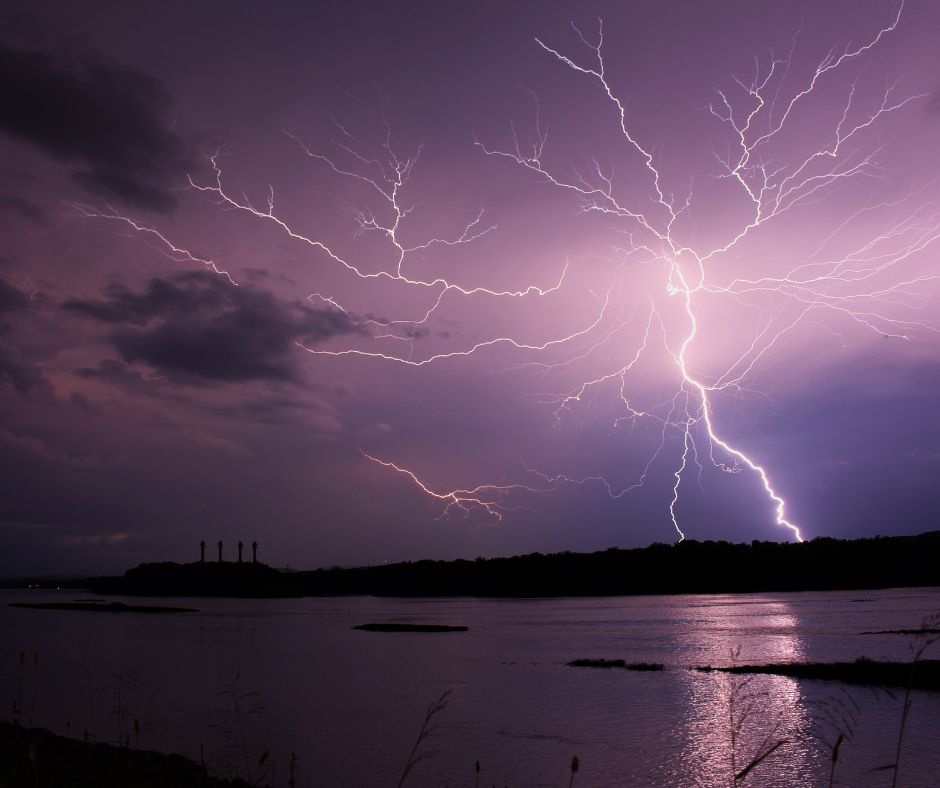Master the lunar advantage no matter where you chase bass
Bass anglers have debated lunar calendars for decades, but one crucial factor often gets overlooked: geography matters. The moon’s influence on bass behavior varies dramatically from the clear northern lakes of Minnesota to the muddy reservoirs of Texas, and understanding these regional differences can transform your fishing success.
The Northern Advantage: Clear Water Amplifies Lunar Effects
In the crystal-clear waters of the Great Lakes region and northern reservoirs, bass rely heavily on visual hunting. This makes lunar phases particularly influential since moon brightness directly affects feeding patterns.
During full moons in northern waters, experienced anglers know to fish deeper during daylight hours. The bright nighttime conditions allow bass to feed aggressively after dark, making them less active when the sun comes up. Conversely, new moon periods create ideal daytime fishing as bass compensate for poor nighttime hunting conditions.
The clear water in northern lakes makes bass particularly sensitive to light changes, creating more predictable lunar patterns than in other regions.
Southern Secrets: Weather Trumps Moon
Head south to states like Alabama, Texas, and Georgia, and the lunar equation changes completely. In murky reservoirs and nutrient-rich waters, bass depend more on vibration, scent, and temperature than visual cues.
Southern bass show less dramatic lunar responses because frequent weather fronts, seasonal temperature swings, and varying water clarity override subtle moon influences. A cold front moving through East Texas will shut down bass regardless of the moon phase, while stable high-pressure conditions can create feeding binges even during traditionally poor lunar periods.
Many tournament anglers report catching their biggest bags during unfavorable moon phases when weather conditions aligned perfectly with bass comfort zones.
Coastal Complications: Double Lunar Impact
Coastal bass fishing adds another layer of complexity where lunar and tidal forces combine. In areas like the Chesapeake Bay, Louisiana marshes, and Texas coast, bass respond to both moon phases and tidal movements powered by lunar gravity.
Here, the strongest fishing often occurs during new and full moons not because of light conditions, but because these phases create the most dramatic tidal movements. Spring tides bring fresh nutrients and baitfish into bass territories, triggering feeding responses that inland anglers never experience.
Seasonal Regional Shifts
The lunar effect also varies by season across different latitudes. Northern bass become more lunar-sensitive during spring and fall when water clarity peaks and temperature transitions make them more cautious. Summer heat and winter cold minimize lunar influences as bass focus on temperature comfort.
Southern bass show the opposite pattern. Summer lunar fishing can be exceptional as bass seek cooler nighttime feeding during full moons, while winter fishing becomes more predictable regardless of moon phase as bass concentrate in warmer areas.
Equipment Adaptations for Regional Lunar Patterns
Smart anglers adapt their tackle to regional lunar differences. Northern clear-water lunar fishing demands finesse presentations – light lines, natural colors, and subtle actions. These expensive setups need protection during transport between prime lunar fishing spots.
Southern fishing during lunar periods requires power presentations that cut through stained water – heavy jigs, bright colors, and aggressive retrieves. Tournament-grade tackle investments can quickly add up to thousands of dollars per boat.
Protecting Your Investment During Prime Lunar Windows
The most productive lunar fishing often occurs during specific time windows at remote locations. Anglers frequently leave their boats unattended at launches while scouting or taking breaks, creating opportunities for tackle theft.
Professional bass anglers increasingly rely on remote security systems like The Key Captain to protect expensive electronics, rods, and tackle during extended lunar fishing trips. With tournament-quality setups often exceeding ten thousand dollars, securing compartments and hatches becomes critical when fishing prime lunar periods at popular locations.
The Key Captain system allows anglers to lock all boat latches and hatches remotely while activating security lighting – essential features when fishing dawn and dusk lunar periods that require leaving boats unattended during optimal feeding windows.
The Bottom Line: Location Over Lunar Tables
While lunar calendars provide general guidance, successful anglers prioritize regional water characteristics over universal moon phase rules. Clear northern waters amplify lunar effects, muddy southern reservoirs minimize them, and coastal areas create unique tidal-lunar combinations.
The most productive approach combines lunar awareness with regional knowledge. Use moon phases as a starting point, then factor in local water conditions, seasonal patterns, and weather stability for your specific fishing area.
Whether you’re fishing Minnesota’s gin-clear lakes or Alabama’s stained reservoirs, understanding how your local waters respond to lunar influences will put more bass in the boat than blindly following any universal moon calendar.




